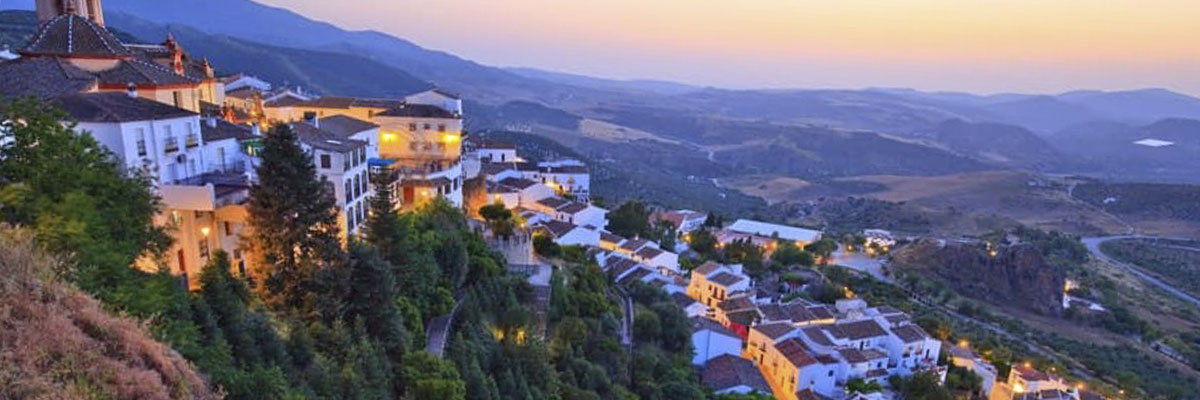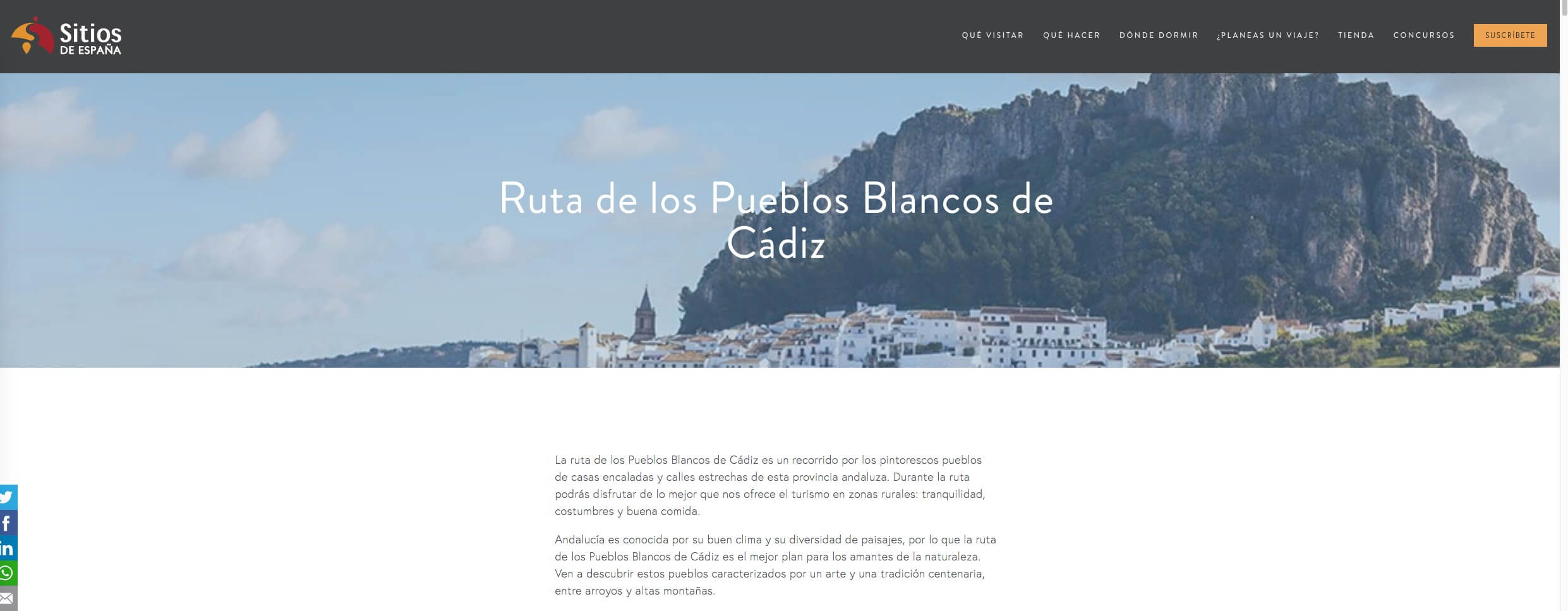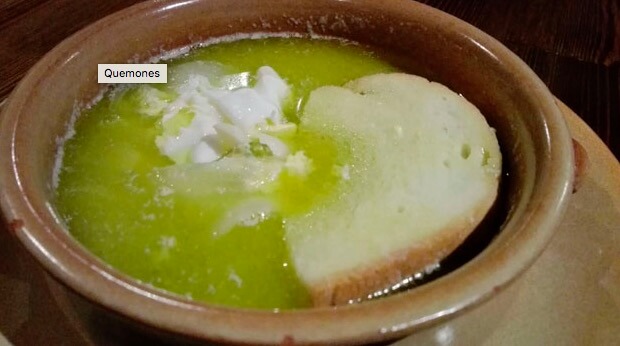Zahara de la Sierra is, for me, the most beautiful of Andalucía’s famous “Pueblos Blancos”, the picturesque white villages which dot the provinces of Malaga and Cádiz.
I recommend you do part of “La ruta de los pueblos blancos” (The route of the white towns) taking in Setenil de las Bodegas (where many houses are built into the rock face of the mountain), Grazalema, Arcos de la Frontera, Ubrique and, of course, Zahara de la Sierra.
Why are they called the White Towns?
The White Towns are so-known because of the inhabitants’ tradition of whitewashing the facades of their houses in pristine white.
Why the whitewash?
The practice of painting houses or buildings white dates back to the Romans, and techniques were refined during Muslim times. The tradition gained traction during the 19th century, especially in the south of the Iberian Peninsula, when the authorities recommended lime as a disinfectant to prevent the spread of diseases and epidemics. Since then, Cádiz has been a major producer of whitewash, supplying the whole of Andalusia.
Many interiors of Andalusian churches are painted white, recalling the time when they provided shelter for the sick. It was also customary that when a person died, their room was whitewashed for hygiene but as a symbol of renewal too. Whitewashing is also simple and economical way of keeping houses cool in the hottest months, since white reflects the sun’s rays preventing heat from accumulating on the walls.
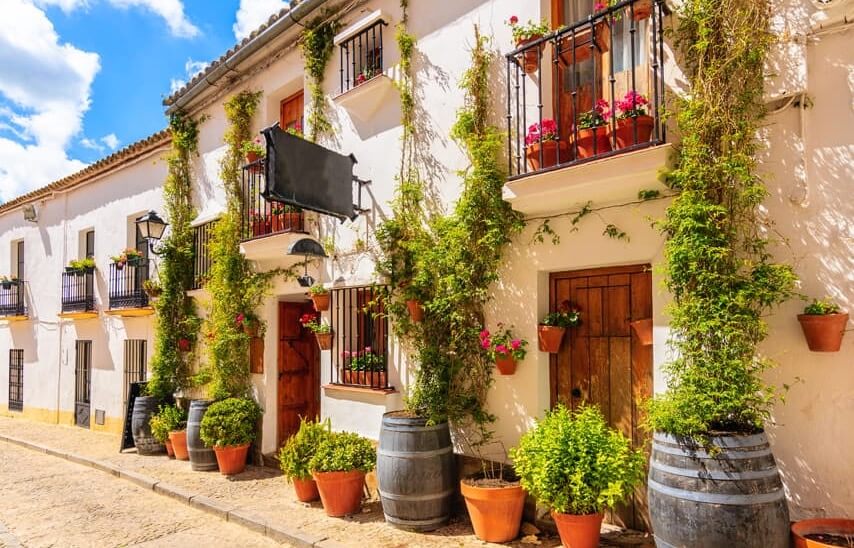
Why do I recommend Zahara de la Sierra as a base?
First, because relatively few tourist coaches make it up there. Costal holiday makers from the Mediterranean head initially for impressive Ronda and then spread out to its nearest white towns, Grazalema and Setenil. And those who have chosen the Atlantic coast for their vacation all go to Vejer de la Frontera, another very lovely white town close to the sea.
Secondly, Zahara de la Sierra has a special position, located within the Sierra de Grazalema National Park from where it gets its name which helpfully distinguishes it from Zahara de los Atunes, miles away on the Cadiz coast). Below the village, lies the beautiful Zahara-El Gastor reservoir and nestled in the mountain above is the Zahara Castle, of the Nasrid (Arab) period.
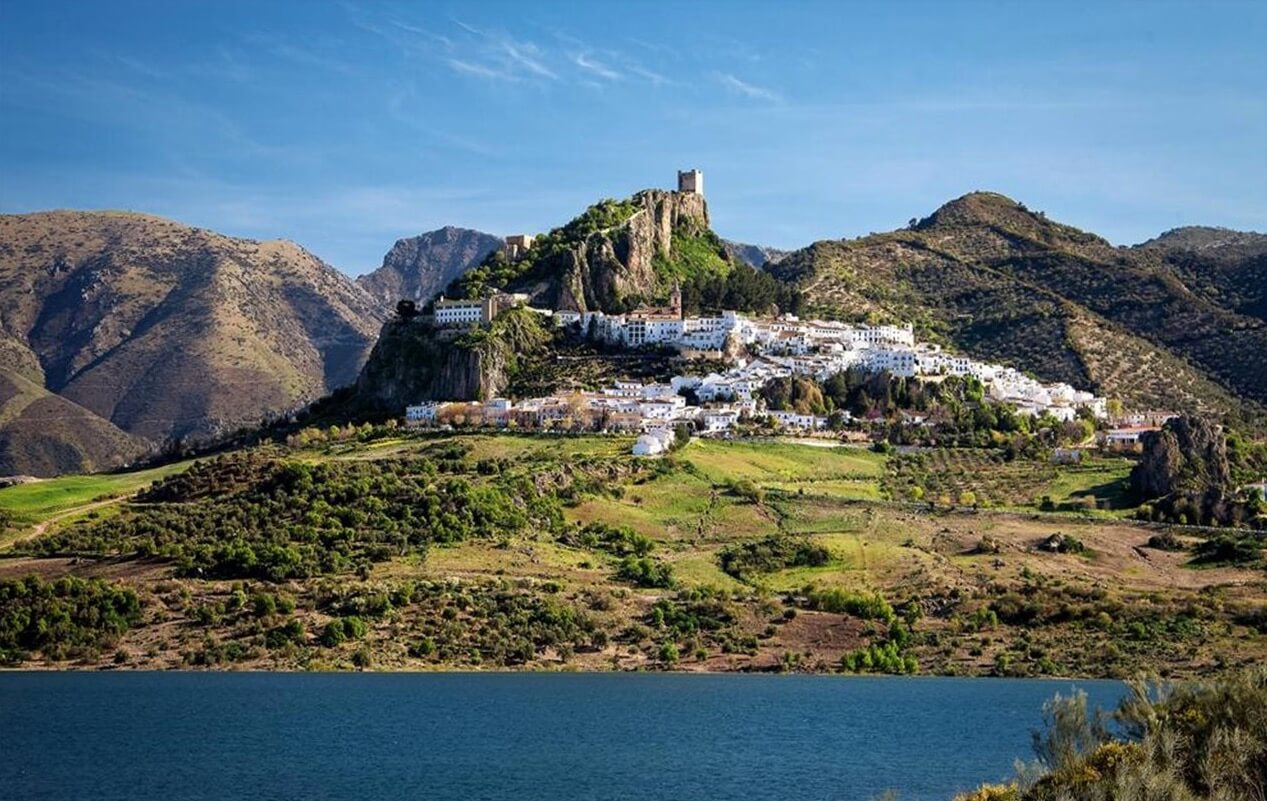
The drive from Zahara de la Sierra on the CA9104 to Grazalema is stunning. The 20 km winding road takes you over the Puerto de las Palomas (1,180) and affords you spectacular views.
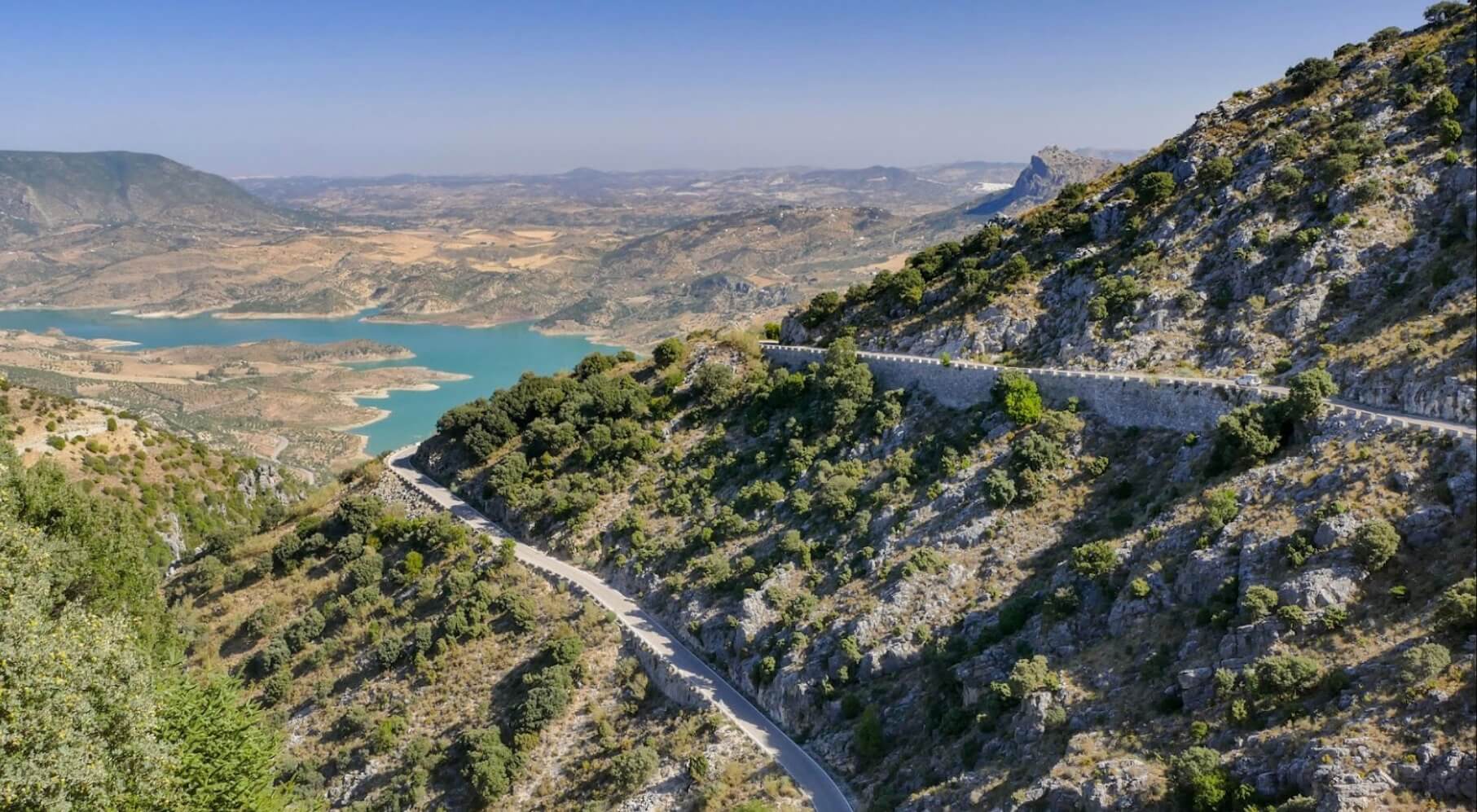
From Grazalema you can visit Ronda, Setenil de las Bodegas or Ubrique.
But the beach is miles away, right?
Well, head for Playita de Zahara de la Sierra or Playita de Arroyomolinos, a large bathing area in a fresh water pool made into a man-made beach, located in the National Park, at the foot of the Monte Prieto mountain range. There are professional lifeguards, a restaurant service, bar, beach bar, and tables scattered in the shade of the numerous trees in the area
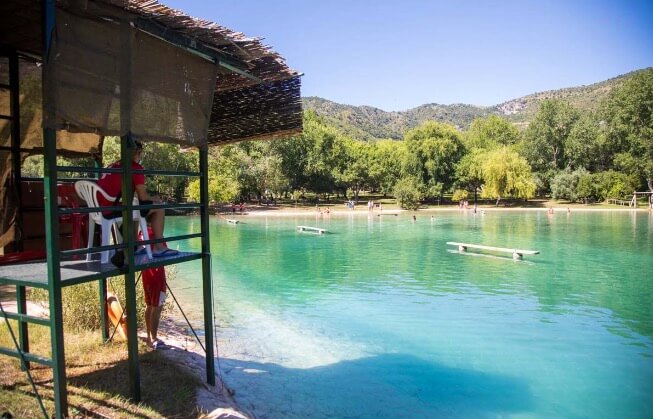
Activities, accommodation and food.
If your thing is adventure sports, Zahara is a paradise. There are several companies specialized in canyoning, caving, rafting, canoeing and so on.
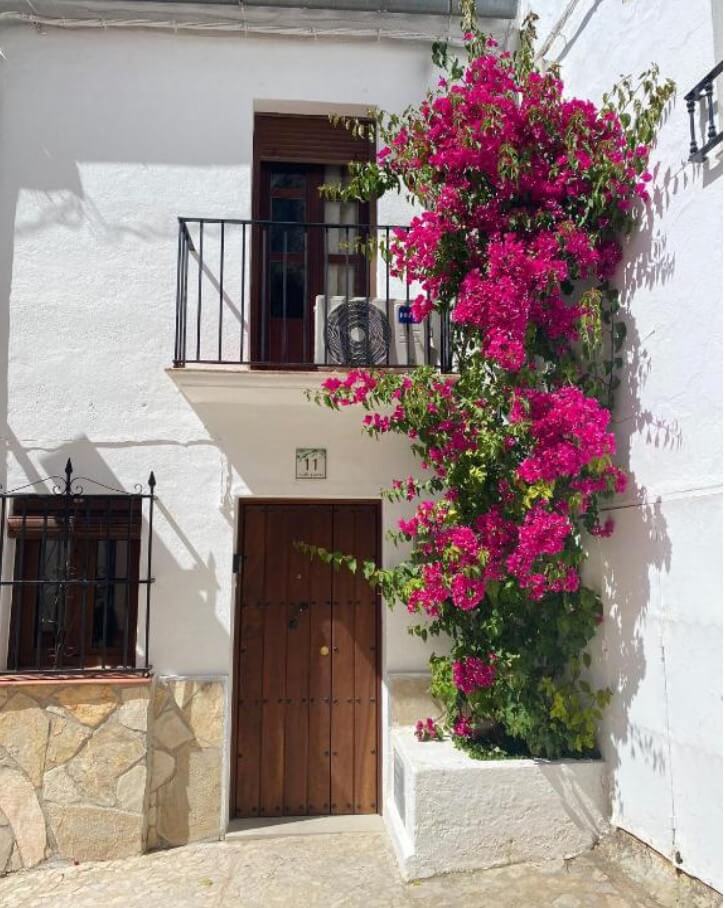
Regarding accommodation, if you’re travelling with friends, the three-bedroom Casa la Buganvilla on Calle El Fuerte which has spectacular views is ideal.
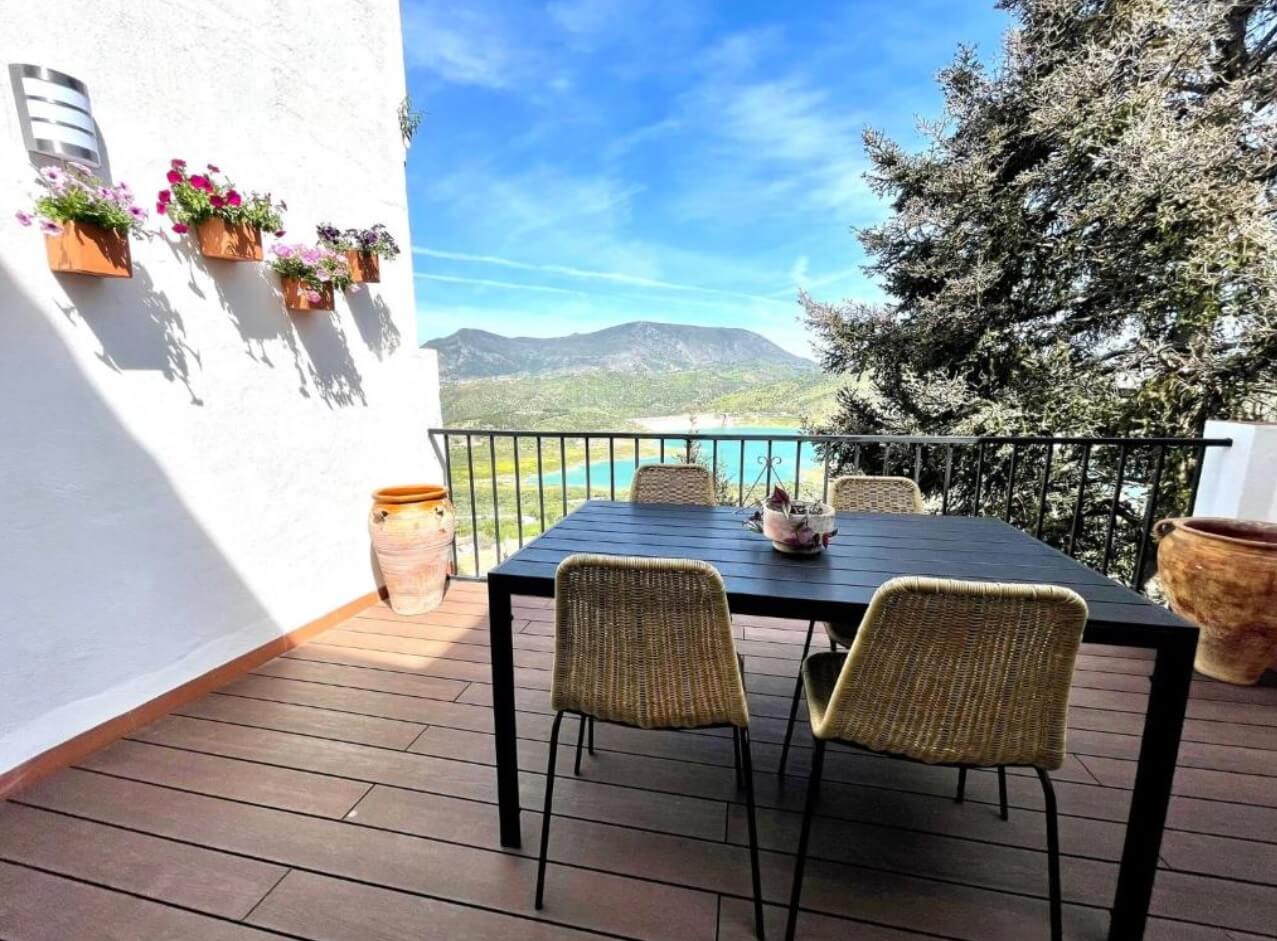
For eating, though are several places to choose from, none are especially to write home about.
The local dish is Quemones, a simple dish made of eggs and bread.

